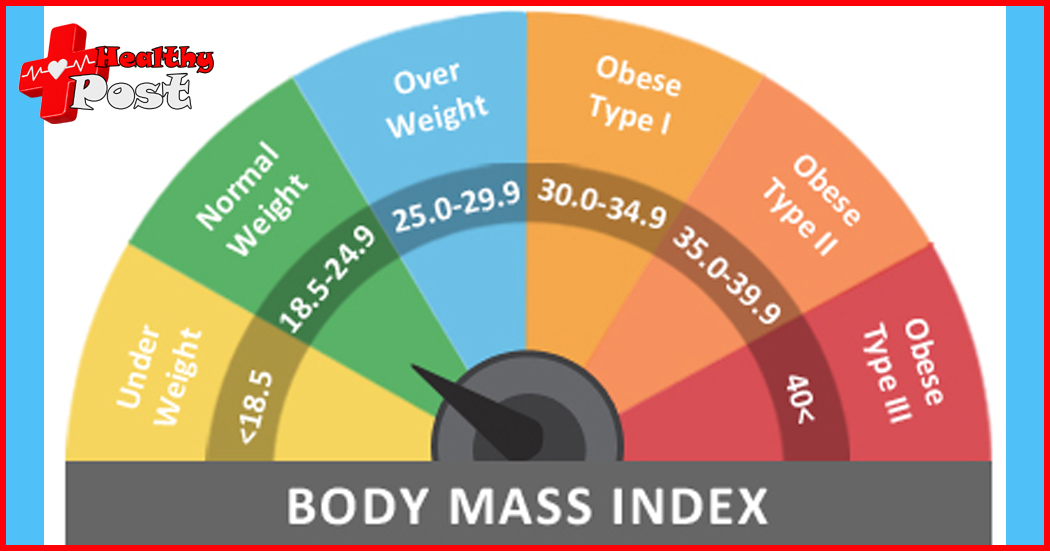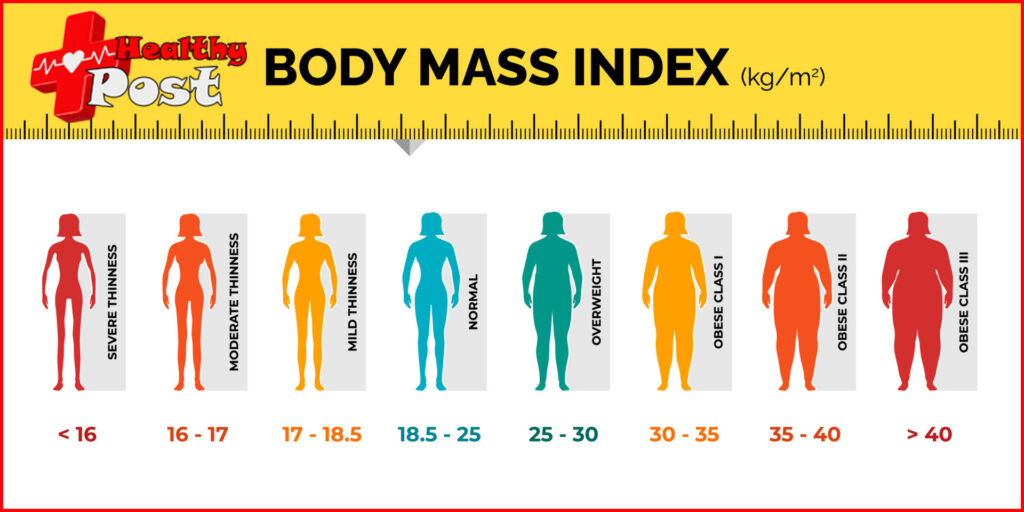
Measurement of weight, height and body mass index (BMI Calculator)
Anthropometric measurements and body composition are often used to assess the overall health of a client or athlete. The importance of these measurements depends largely on the athletic context and goals of the individual being evaluated. Extreme anthropometric measurements (e.g., higher body mass index (BMI Calculator) or waist-to-hip ratio) are seen as signals of disease risk classification. While body region circumferences and skinfold thickness can be used to compare and estimate changes in body composition and appearance.
Many people focus on body fat percentage; however, the estimating formulas we rely on are often developed from a small group. And have not been truly validated by tracking changes over time. We therefore recommend recording and evaluating actual measurements whenever possible. Because body composition and its relationship to athletic performance vary from person to person, we will use the terms “low” and “high” rather than “poor” and “outstanding.” The assessments we will introduce are as follows.

■Weight, height and body mass index.
■Body part circumference.
■Skinfold assessment (body fat percentage, fat mass, and lean body mass).
■Bioelectrical impedance analysis
。
Weight, height and body mass index (BMI Calculator)
Purpose
Weight and standing height are standard body measurements of a client or athlete. Body mass index (BMI Calculator) is commonly used to classify health risks, but it can also be used as an indicator of weight relative to height.
result
Weight, in kilograms; standing height, in centimeters; body mass index(BMI Calculator), in kilograms/m2.
Equipment needed
Use a balance beam scale (or digital scale) and a wall-mounted stadiometer or a free-standing stadiometer (height measuring device); or a combination scale and stadiometer; a calculator or a nomogram.
Before the start
Height and weight testing should be done at a specific time of day. Because both can change within a 24-hour period. The client or athlete should be reminded not to eat and stay well hydrated 4 to 6 hours before the assessment. Make sure the scale or distance meter is mounted on a stable, flat surface. During the assessment process, it is recommend to have a third party present to record these measurements. And repeat them to ensure accuracy. Appropriate consideration should be given to protecting the privacy of the client or athlete, including locker room usage rules and the client’s or athlete’s comfort or familiarity with those present during the evaluation.
Plan
Body weight
1. At the beginning, say to the client or athlete: “We are going to measure your weight. Are you ready? If you are, please take off all unnecessary clothing, including shoes, socks, and jewelry.” Typically, The necessary clothing (T-shirt and shorts) is lightweight and it is recommended that the client or athlete wear similar clothing for each assessment. If you need to measure your naked weight, you can weigh the clothes separately and subtract the weight of the clothes from the clothed weight.
2. If you use a digital scale, you should first confirm that the digital reading has been adjust to zero; if you use a balance beam scale, you should first place the sliding weight on the zero scale and the balance arm should be center.
3. Say to the client or athlete: “Step onto the scale with your feet shoulder-width apart and your hands and arms at your sides. Please remain as still as possible until we have successfully recorded your weight.”
4. If a digital scale is use, record the reading as the weight value; if a balance beam scale is use. The reading corresponding to the position of the sliding weight when the balance arm is center is record as the weight value, accurate to 0.11 kg.
5. After completing the assessment, say “thank you” and instruct the client or athlete: “Please leave the scale.”
Standing height
1. At the beginning, say to the client or athlete: “We are going to measure your height. Are you ready? If you are, please take off your shoes and socks, as well as all headwear and accessories.”
2. Instruct the client or athlete: “Stand with your back to the measuring device (if you are using a wall-mounted rangefinder. You are prompt to lean against the wall; if you are using a free-standing rangefinder/medical scale, you are prompt to stand with your back against a column). Stand with your feet shoulder-width apart and your hands and arms at your sides.”
3. Say to the client or athlete: “Please look straight ahead and keep your chin as parallel to the ground as possible.” If necessary, ask “Can I help you adjust your head to a suitable position to measure your height?” After receiving a positive response, adjust the client’s or athlete’s chin so that the lower half of his or her eyes are level with the ear holes.
4. Next, instruct the client or athlete: “While taking the measurement, stand as straight as possible. And inhale deeply until the measurement is complete.” During this time, place the horizontal arm at the highest point of the client or athlete’s head.
5. Record your height to the nearest 6 to 12 mm.
6. After completing the assessment, instruct the client or athlete: “Please step away from the rangefinder.”
Alternative or modified plan
If sitting height or leg length needs to be measure. The standing height measurement procedure can be perform again. But the client or athlete should be ask to sit in a seated position with feet on the floor and relax the lower body muscles. You can then estimate leg length by subtracting your sitting height from your standing height.
After completion
Body mass index (in kg/m2) can be calculate manually by dividing weight in kilograms by standing height in meters squared. Another way to calculate body mass index is to use the nomogram.
Research notes
Body mass index is commonly use to classify health status by assessing whether an individual of a specific height is overweight or underweight (see Table 1). But this method may not be suitable for very muscular individuals. Because it cannot distinguish between the weight of fat and muscle tissue in a person’s body, and he or she may be classified as overweight or obese. Athletes in different sports have different body mass indexes. In track and field athletes, the shorter the competitive distance (or the faster the average speed), the greater the value of body mass index: most 100-meter sprinters have a value of about 24 kg/m2, and 200-meter athletes have a value of 23 kg/m2.
The value for m2 and 400m athletes is 22-23 kg/m2, the value for 800m and 1500m athletes is 21kg/m2. And the value for 10000m and marathon athletes is 20kg/m2. Interestingly, athletes participating in shorter or faster events had greater changes in body mass index than those in longer or slower events, suggesting that in addition to anthropometric measurements, some biomechanical and physiological factors may also play a role in sprint performance.


4 thoughts on “Measurement of weight, height and body mass index (BMI Calculator)”